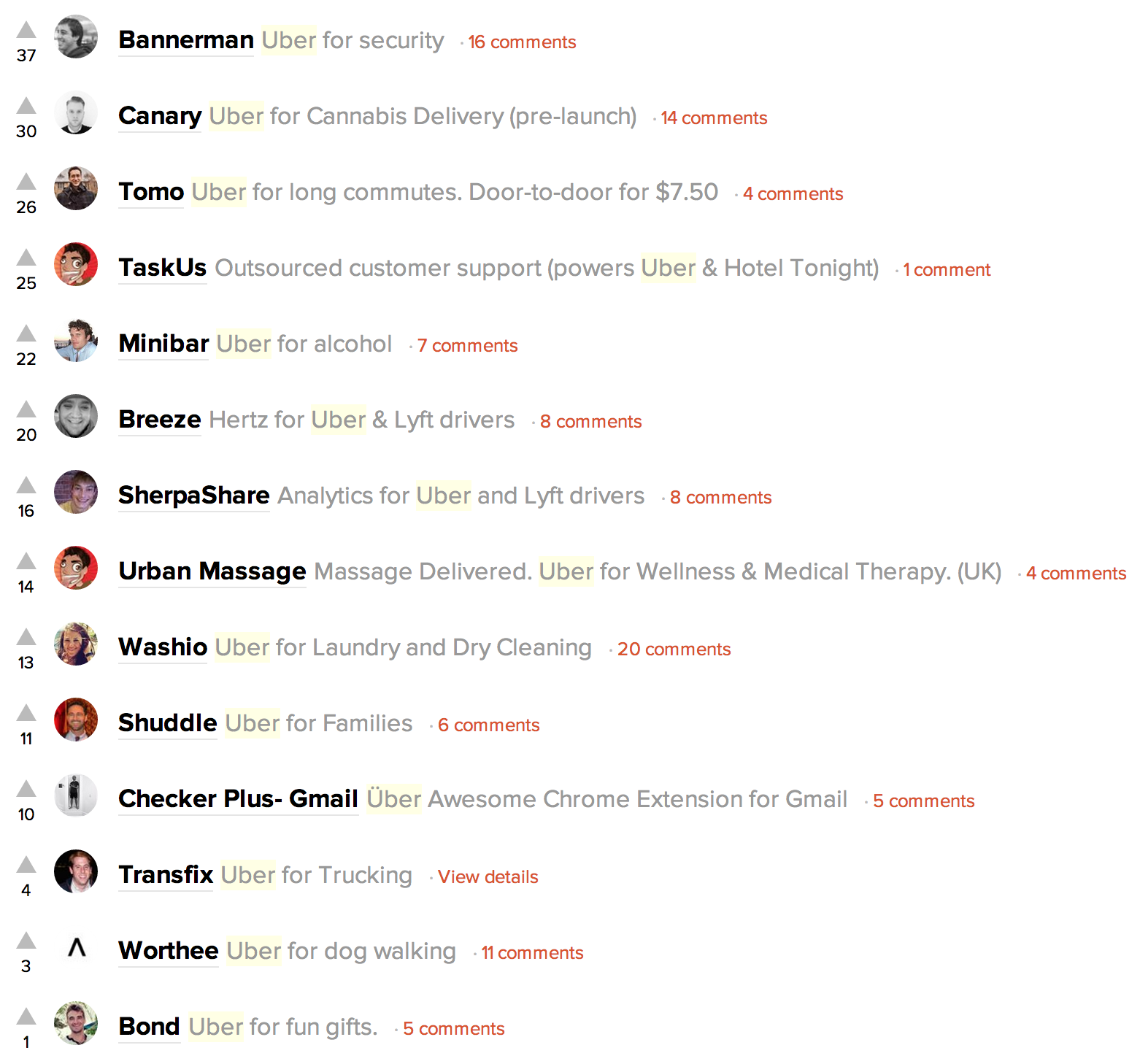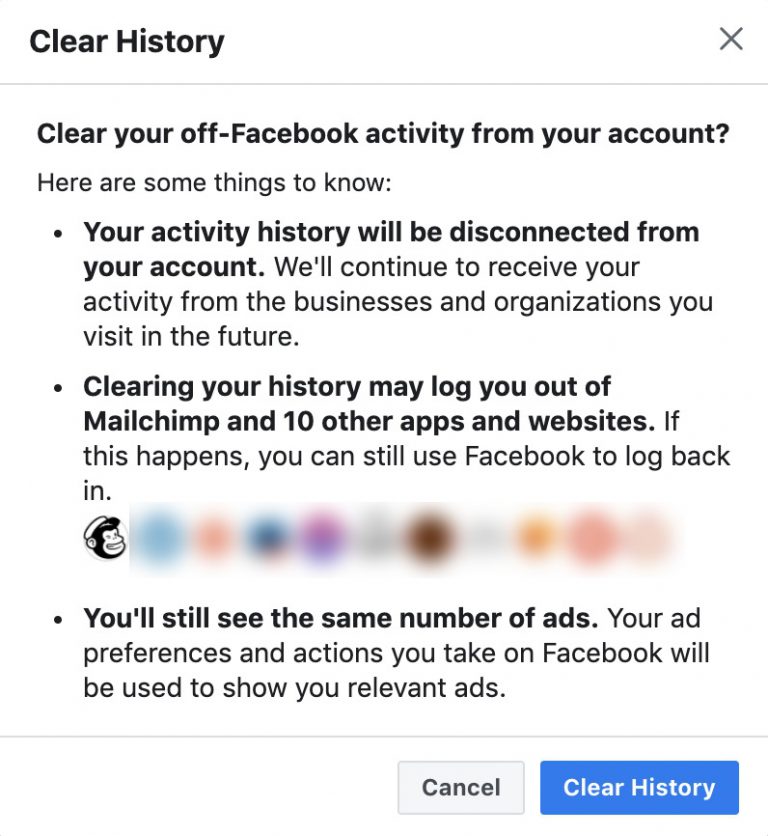The recent kerfuffle over Uber and Lyft employees being able to track the locations that individual customers get picked up and dropped off at reminded me of an incident back when I worked at WebTV Networks in 1996.

WebTV, for those who don’t remember, was a set-top box that allowed users to surf the web and send e-mail using a wireless keyboard and their television. It was truly a revolutionary device, and it was put together by some of the smartest people in Silicon Valley. It launched with devices manufactured by Sony and Philips, with the service run by WebTV. This was the early days of the Internet – the first mainstream browser Netscape was only introduced in late 1994, and Internet Explorer about a year earlier in 1995. These were dial-up days, when most people were not yet on the Internet, and those that were mostly accessed it via their telephone lines (at university were were able to access it via AppleTalk). The WebTV box had a modem inside and would dial-up to the WebTV Networks service, which was an ISP.
Dial-up ISP Business Model
The business model of dial-up ISPs was interesting in that they did not have the ability to allow all of their customers to connect at once, since that would be cost-prohibitive. Having a modem for every customer would be crazy. Most people spent less than 20 minutes online at a time. Surf a few web sites, send a few e-mails, that was it. ISPs would bank, literally, on this fact, and only have enough modems available to handle the average number of users, not the total number of users. It was possible during peak moments that you’d get a busy signal. In order to lower the possibility of this, WebTV’s box would automatically disconnect users if they were idle for more than 20 minutes. That’s an important point (the 20 minutes part) to what we discovered in the early days of the service.
The Launch of WebTV
WebTV launched their service on September 18, 1996. In the first couple of weeks there were only about 200 users who had gone to their local electronics store, bought the box, and signed up for the service. Keep in mind Amazon was only selling books back then, so people had to actually hear about WebTV through traditional advertising and go to a physical store to buy it.
WebTV had a developer whose job was, at least partly, to generate statistics on usage patterns. This was critical to WebTV at a time when many websites didn’t work on both Netscape and IE, let alone on the WebTV browser. Figuring out which sites were the most popular, and which types of sites people were most likely to visit, focused the QA team to check sites and report problems to the software team to improve the browser so more sites would look good on the WebTV browser.
Lies, Damn Lies, and Statistics
In those early weeks I happened to be visiting the developer working on stats and we were reviewing the basic stats like how long the average user stayed online, how long the shortest and longest sessions were, which where the most popular websites, which sites failed the most, what technologies sites used, etc. One of the stats was a list of users ranked by the amount of time they had been online that day. The top few users were always expected to be WebTV developers themselves of course. At the time WebTV kept a two-bedroom apartment down the block from the offices and had the keys hanging from the wall in the office in case a developer didn’t want to drive all the way home to sleep, but would rather crash in the apartment and return in a few hours. Developers literally were working 24 hours a day in the office, and parking spaces needed to be painted to reflect the 24-hour nature of them as we were in downtown Palo Alto, and people would try to park in the company lot at night as it was next to a city lot.
What surprised us as we looked at the stats that day was that there were several actual paying customers in the top rankings who were staying online in excess of 15 hours a day. Keep in mind that the WebTV box would automatically log you off if you were idle for 20 minutes. These users were actively using the WebTV box for 15 hours a day. From an dial-up ISP point of view, these were the users you lose a lot of money on. In a business built on averages, these users were way at the right side of the bell curve. Just like the fact that the Internet itself was new then, so were the emerging concepts of privacy in this new emerging world. It was difficult to see that out of 200 users there were a few that were using the box for 15 hours, and not wonder what the heck they were doing. There were no restrictions on accessing the logs, so we took a look.
15. Hours. A. Day. Straight.
Have you guessed yet what those users were doing? They were, of course, surfing porn websites. For. 15. Hours. A. Day. Straight. We didn’t know the users’ names, nor would we have cared to look them up, but the potential for abuse once we realized what we had discovered was very clear. If I remember correctly, I contacted the late Phil Goldman (one of the founders of WebTV), and suggested we put together privacy policies and make sure user data could only be accessed in aggregate. The idea that individual user logs could be accessed and what could be found was horrifying. A privacy council was established, and of course there were active discussions as to what restrictions should be put in place. The divide was largely between the sales/marketing folk who understood the potential for targeted advertising, and the developers who were mostly against any invasion of an individual’s privacy.
It was agreed that individual logs should not be accessible by anyone, and only aggregate data should be used. This means we could know that the sites people spent the most time on were porn web sites, but not know who were the people doing the surfing on those sites.
Family Friendly?
From the other side, interestingly enough, there were efforts by organizations like Penthouse who understood what the Internet meant to their business, to offer content through WebTV. There were many more people with TVs than computers at that time, so it was a simple numbers game. That too was a debate within the company as to whether there should be a way to offer enhanced content for companies like Penthouse, or whether the company should remain strictly family-friendly. In the end, those decisions were taken out of the company’s hands when they were bought not long after by Microsoft, and re-branded as MSN TV. The service itself would be operated until just last year, when it was shut down on September 30, 2013, almost exactly 17 years after it launched.
Irony?
I owed my job at WebTV to porn surfing as well (bear with me). I had met a VP at WebTV while in an internship at @Home Network, the cable industry joint-venture to provide Internet via cable lines instead of television (something that had just become legal a few month earlier), and had inquired about working at the recently-out-of-stealth WebTV. There wasn’t an opening at the time I had asked, but a couple of weeks later I received a call to come in for an interview. I remember signing an NDA in the reception area, being walked around the company during the interview, and really liking what the company was doing. It wasn’t until after I had started there that I found out the reason a job had opened up was that the worker whose spot I had taken was fired for surfing porn all day at work. He was in QA, but apparently they were not checking porn sites in QA at the time (or ever as far as I know). There’s some irony there somewhere, considering I discovered that the users who used WebTV the most were also surfing porn sites.
Developers vs. Sales and Marketing
Looking at the internal debates over access to personal data, I wonder how almost twenty years later these same debates have played out in tech companies up until today. Presumably these discussions didn’t happen, or at least were not taken seriously, at companies like Uber and Lyft. Perhaps it has to do with company culture, and who runs the companies. WebTV was a company founded and dominated by developers. That’s not to say it didn’t have strong sales and marketing teams, it did, but the culture was created by developers, not by sales people.
One wonders when a company culture can produce ads like Uber’s Avon campaign, which allowed users to order a ride from a hot female driver (but only up to 20 minutes – perhaps the most damning fact), what kind of concern they have for personal privacy. Perhaps that’s too far a stretch to make, but I do think that company culture has a lot to do with how these issues are dealt with when they arise. At WebTV we were horrified at the possible abuses of access to personal data and worked quickly to make that impossible. At some companies does access to this data look like an opportunity instead?


